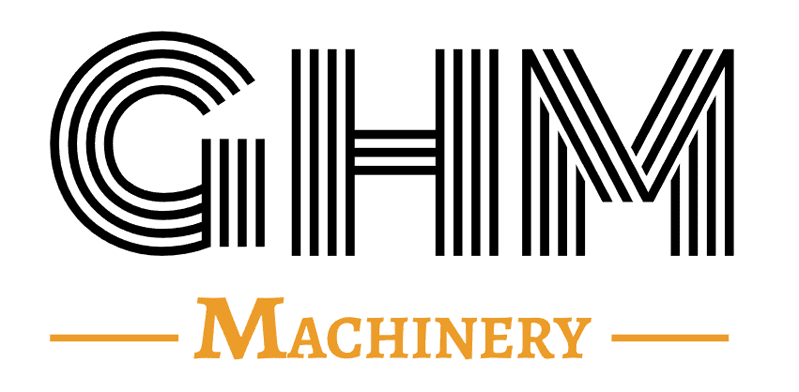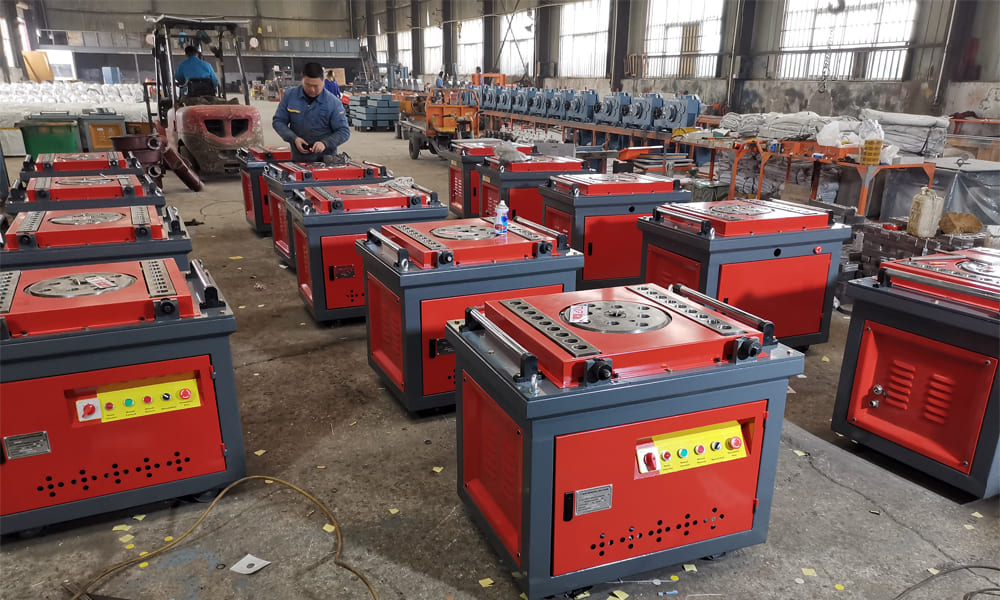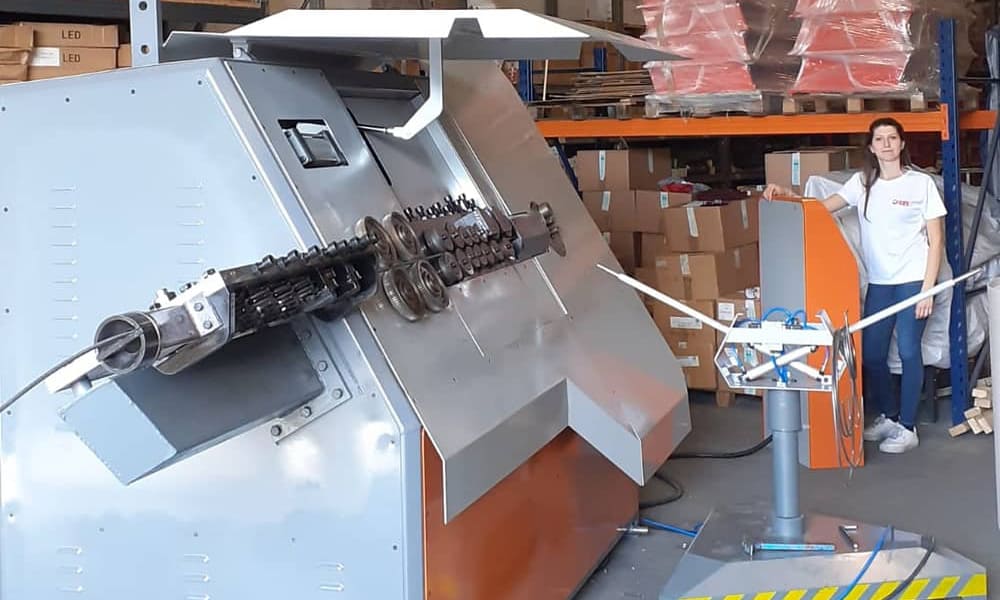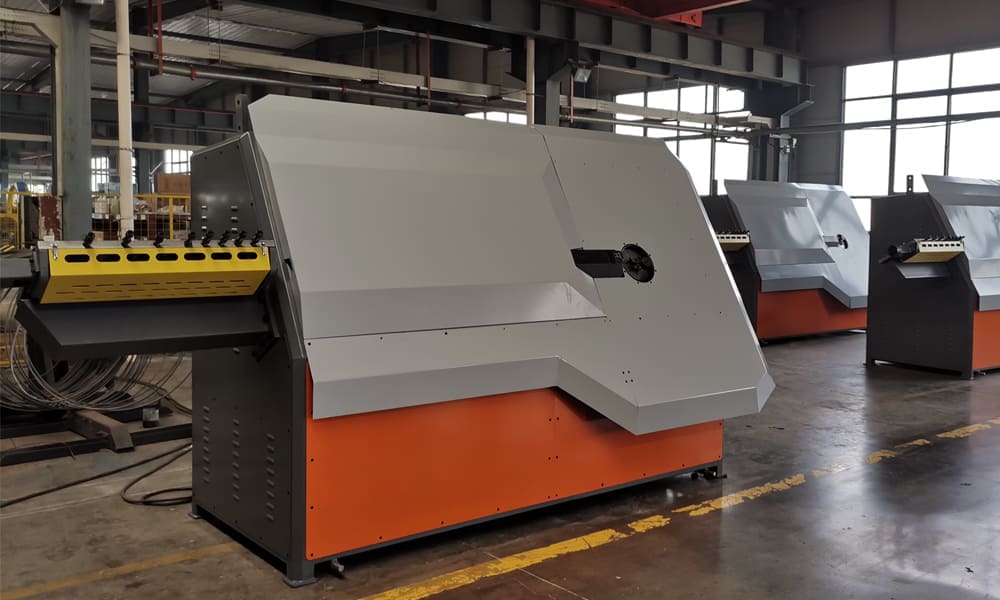Arch Steel Bar Bending As mechanization advances in construction, the need for standardized infrastructure grows. For Class V surrounding rock tunnels, composite linings, including primary and secondary support, are typical. This requires tunnel invert reinforcement to be bent into specific arc shapes. Here’s an overview of the methods and machines involved in this process:
Arch Steel Bar Bending Common Methods and Their Drawbacks
- CNC Bending Machines:
-
- Advantages: High precision and standardization.
- Drawbacks: Complex and resource-intensive process.
- Cold Bending Machines:
-
- Advantages: Simple setup.
- Drawbacks: Bends steel bars at right angles, compromising construction quality and standardization.
- Electric Welding Machines:
-
- Advantages: Effective for bending.
- Drawbacks: Heating and bending steel bars can degrade their quality, leading to potential structural issues.
Ideal Solution: Tunnel Invert Steel Bar Bending Machine (GW-9S)
The GW-9S machine is optimal for large-scale construction projects, including water conservancy, wind power generation, bridges, tunnels, culverts, and hydropower stations.
Key Features
- Precision and Efficiency:
-
- Handles thick diameter and large curvature steel bars.
- Mass production capability.
- High manufacturing precision and installation quality.
- Variable Diameter Bending:
-
- Completes multiple arc bends in one operation.
- Traditional machines require five passes for a main bar; the CNC machine does it in one go.
- Bends various arcs quickly, saving labor and time.
- Advanced Control System:
-
- PLC computer system with servo motor and planetary reducer.
- Ball screw for precise control.
- Stable performance and user-friendly operation.
- Capable of bending multiple arcs on a single steel bar or pipe.
Application and Benefits
- Construction Sites: Widely used for bridges, high-speed railways, tunnels, and other large infrastructure projects.
- Quality and Efficiency: Automated bending ensures higher quality, consistency, and significant time savings.
- Safety and Durability: Maintains steel bar integrity, meeting high safety standards for critical structural components.
Operation Process
- Preparation:
-
- Pour concrete for the entire arc of the inverted arch.
- Proceed with concrete pouring for the invert filling, followed by leveling, cushioning, and other layers.
- Steel Bar Installation:
-
- Follow design specifications for quantity, spacing, and protective layer thickness.
- Mechanically connect bars, ensuring the reserved length meets requirements.
- Formwork Installation:
-
- Use processed steel molds for the end and arc forms.
- Secure waterstops with special angle steel clamps.
- Concrete Pouring and Curing:
-
- Use semi-station centralized concrete tankers.
- Pour middle sections first, then sides, using plug-in vibrators for guidance.
- Cure concrete by sprinkling water within 12 hours and maintaining moisture for at least 14 days.
- Arch Filling:
-
- Fill after arch concrete has set.
- Ensure construction joints are staggered by at least 0.5 meters.
- Firmly fix formwork to avoid misalignment.
- Use chute for concrete transportation and guide with vibrators.
- Cure for a minimum of 14 days; allow pedestrian passage once concrete reaches 5 MPa and vehicular passage at 100% design strength.
Conclusion
The CNC steel bar variable diameter arc bending machine represents a significant advancement in tunnel and infrastructure construction. It offers high precision, efficiency, and quality, making it an essential tool for modern construction projects.





